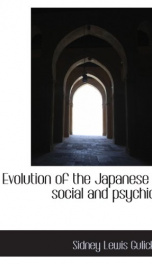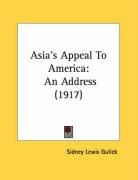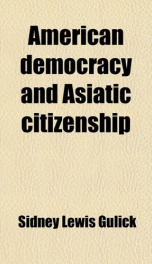Evolution Of The Japanese, Social And Psychic

Purchase of this book includes free trial access to www.million-books.com where you can read more than a million books for free. This is an OCR edition with typos. Excerpt from book: H i HISTORICAL SKETCH OW many of the stories of the Kojiki (written in 712 A. D.) and Nihongi (720 A. D.) are to be accepted is still a matter of dispute among scholars. Certain it is, however, that Japanese early history is veiled in a mythology which seems to center' about three pirormnent points: 'Kyushu, in the south; " 'YamatO. in tllf fait rcntral, anrl jmin injjip west CCn- traj fpginn This mythological history narraTes the cirj " Tcumstances of the victory of the southern descendants Vof. .thegculs over the two central regions. And it has Hjeen conjectured that these three centers represent three waves of migration that brought the ancestors of , the present inhabitants of Japan to these shores. The ' supposition is that they came quite independently- and began their conflicts only after long periods of residence and multiplication. Though this early record is largely mythological, tradition shows us the progenitors of the modern Japanese people as conquerors from the west and south who drove the aborigines before them and gradually took possession of the entire land. That these conquerors were not all of the same stock is proved by the physical appearance of the Japanese to-day, and by their language. Through these the student traces an early mixture of races the Malay, the Mongolian, and the Ural-Altaic. Whether the early crossing of these races bears vital relation to the plasticity of the Japanese is a question which tempts the scholar. Primitive, inter-tribal conflicts of which we have no reliable records resulted in increasing intercourse. Victory was followed by federation. And through the development of a common language, of common customs and common ideas, the tribes were unified socially,and psychically. Consciousness of this unity was emp... --This text refers to an alternate Paperback edition.
Info about the book
Author:
Series:
Unknown
ISBN:
0521617456
Rating:
3/5 (2)Your rating:
0/5
Languge:
English
Users who have this book
Users who want this book
What readers are saying
What do you think? Write your own comment on this book!
write a commentif you like Evolution Of The Japanese, Social And Psychic try:
Do you want to read a book that interests you? It’s EASY!
Create an account and send a request for reading to other users on the Webpage of the book!





